Everyone knows how to use a bus. This is a common activity. An action that, in many cases, is part of the daily routine of a huge number of people. It is possible, however, that the way buses—and other similar means of transportation—work is ready to change. It will be, as in so many other cases, thanks to the addition of new technologies to a set of systems (urban transport) that have been with us for centuries.
Buses as we know them
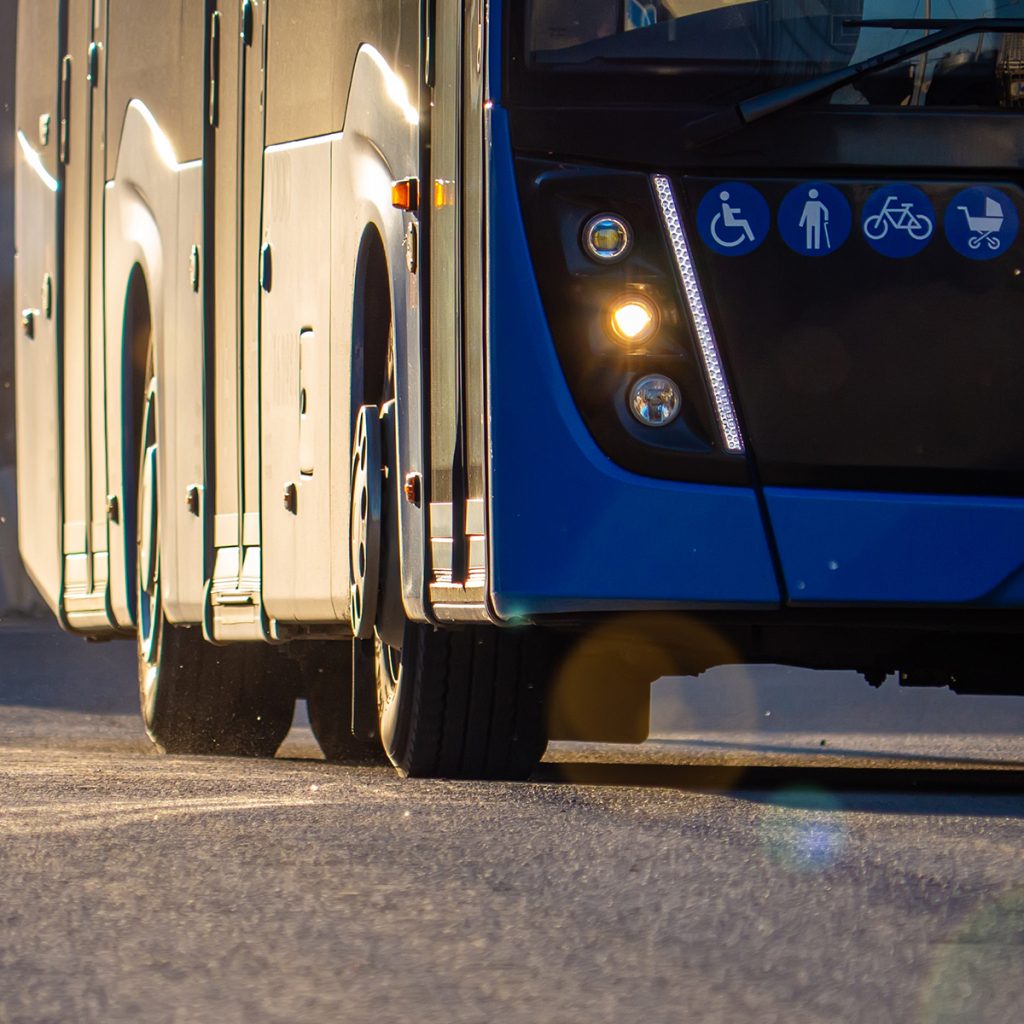
Collective urban transport systems are not immune to technological evolution. The first buses that do not use fossil fuels have been circulating in cities for years. Even more time has passed since vehicles featuring assistance systems for those with mobility problems appeared on the streets. Today, in cities like Madrid and New York, you don’t even need a ticket to travel by bus because you already have the option to pay directly with your mobile phone.
However, until now, the modus operandi of buses, minibuses and other means of collective urban transport has always been, broadly speaking, the same. The bus travels along a predetermined route, stopping at specific (and fixed) points to pick up and drop off passengers. In some cases, the vehicle allows travelers to select a stop—the classic button that turns on the requested stop light. In others, the driver has some decision-making power and may not slow down at a stop if no one requests it or if there is no one waiting by the shelter. However, the options available are few and do not fundamentally change the way transportation networks work.
At least that’s the way it has been until now. But technology, with its unstoppable progress, is ready to change things. Or at least that’s what they think at Boston’s The Routing Company (TRC). Their idea centers on an app that incorporates some of the advantages of on-demand travel applications with traditional buses, and seeks to change the way urban public transportation systems work.
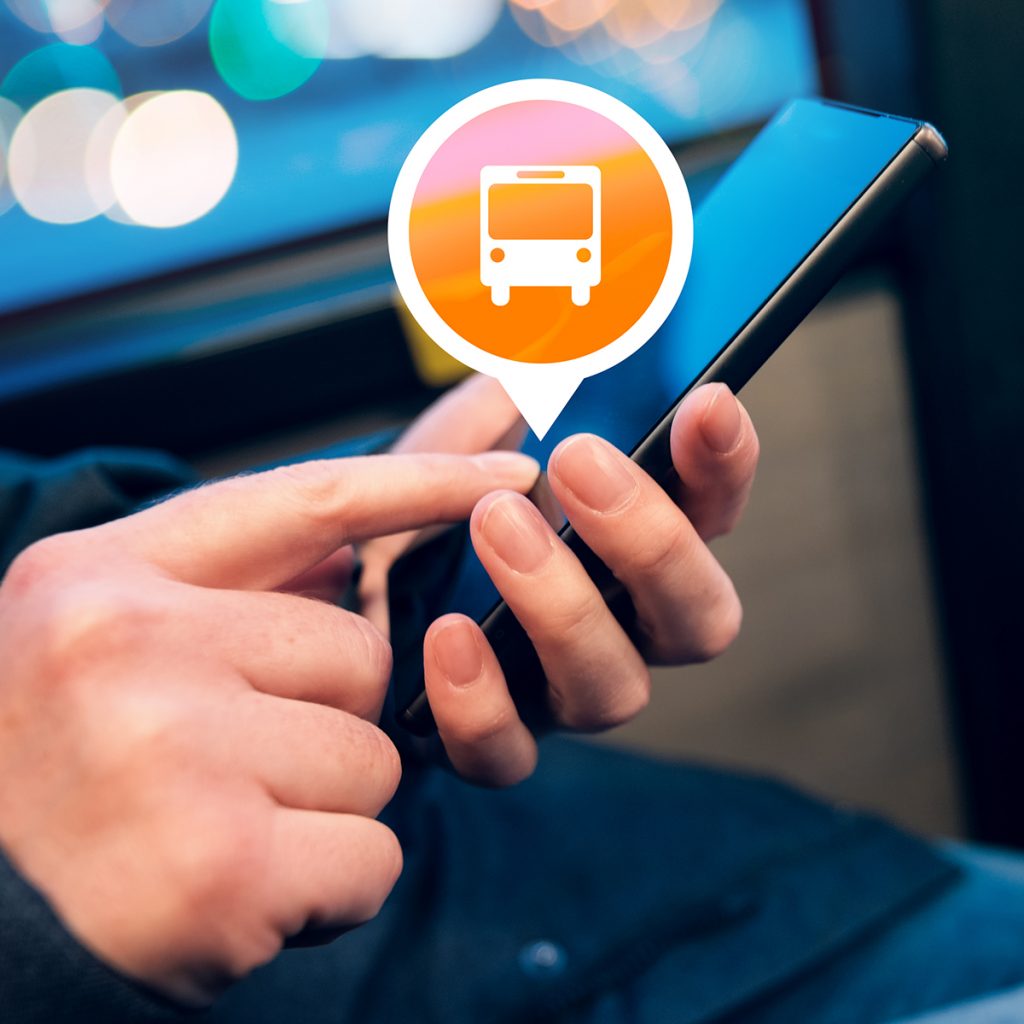
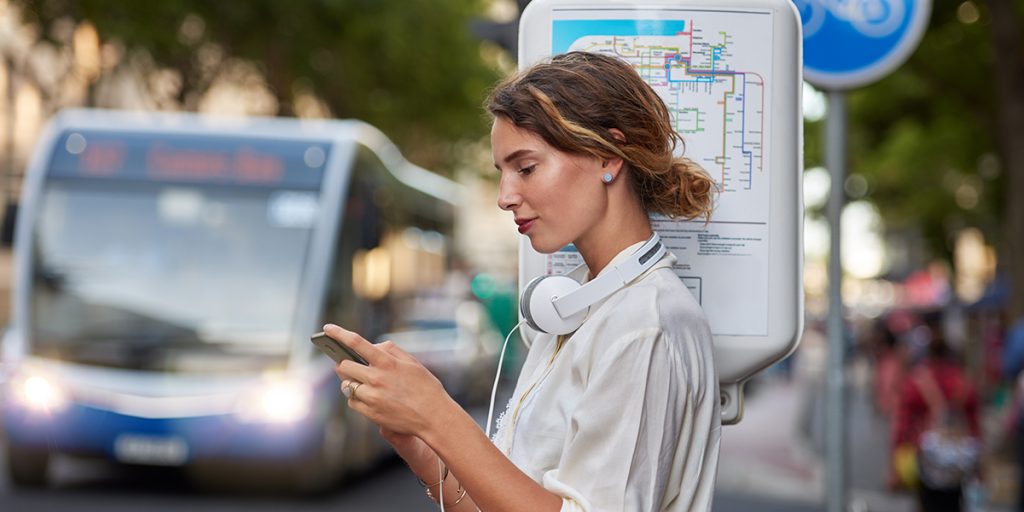
A taxi-like bus
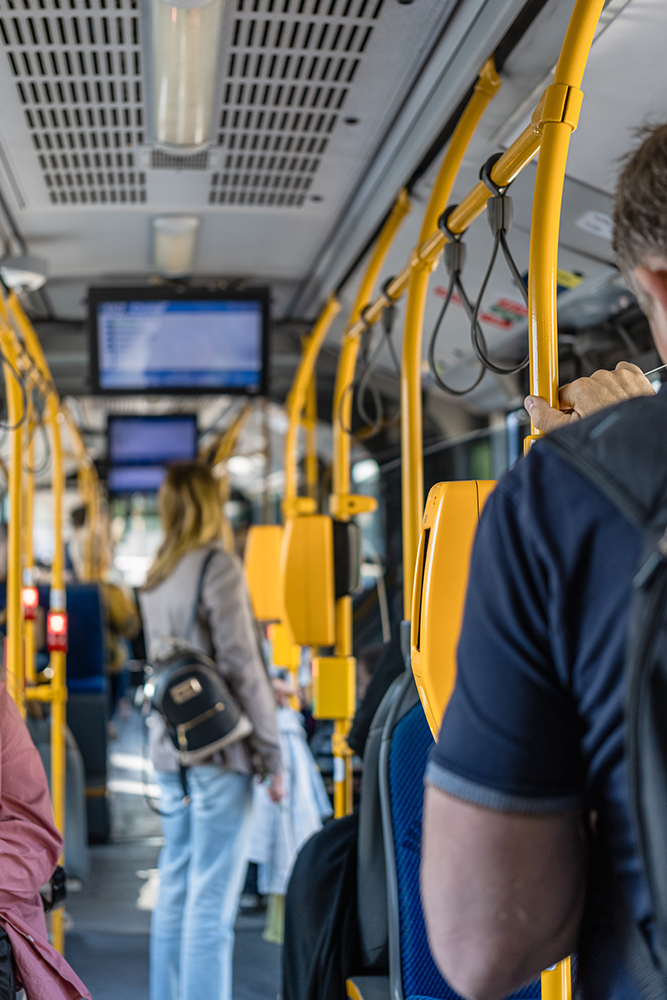
The Routing Company’s proposal is based on the premise that the lack of optimization of urban transport is easy to solve thanks to technology. To achieve this, they have designed the Pingo system, which, using real-time data and leveraging the possibilities offered by mobile technology, adjusts transport networks to the real demands they must respond to. Thus, Pingo adds three advantages to any bus network: it allows the demand of multiple travelers to be consolidated, it uses an algorithm to design an optimized route, and it allows access to real updated information about the routes.
The way it works will be familiar to anyone who uses transportation apps like Uber, Cabify, and Lyft. The traveler has an app that allows them to enter an origin and a destination, and the app offers different ways to get from one point to another. The driver, for his part, has another application that tells him of the best route. So far nothing new. But the innovative part is behind the applications. The TRC system allows the transport network to be made as flexible as necessary: from a network in which buses operate along fixed routes, to one in which vehicles pick up passengers wherever they are. And any option between the two extremes.
Above all, these types of systems open up a new possibility: on-demand public transportation systems. Imagine: a bus that works like a taxi. The system brings together several people who need a means of transport and whose pick-up and destination points can be articulated around a route. The combination of both elements maintains the advantages of the bus (more sustainable and economical) and those of the taxi (greater convenience and range).
The Routing Company’s system is already operational in several locations. In addition to various areas of the United States (cities such as Seattle, Houston and some regions of California), Pingo organizes bus fleets in Scottish cities such as Campbeltown, Dunoon, and Berwickshire, in The Hague and in Andorra.
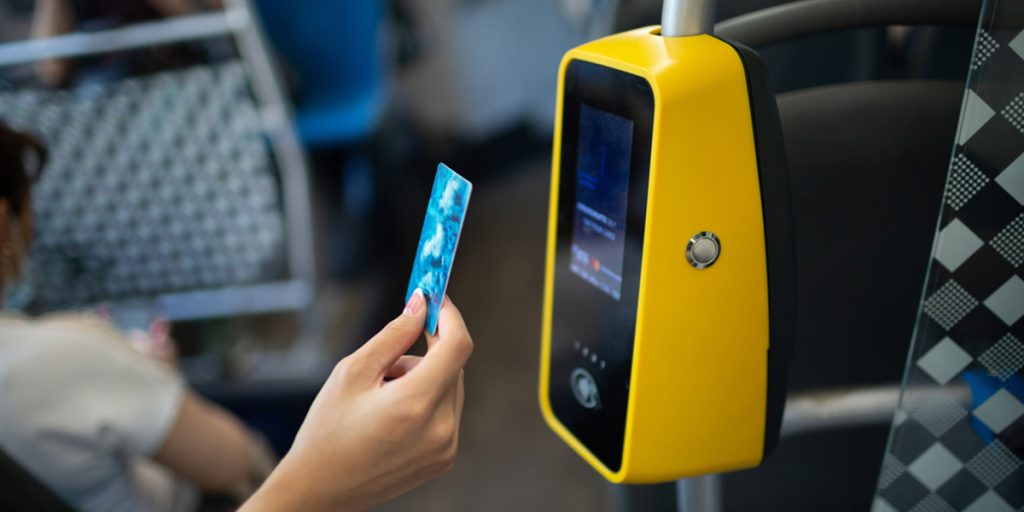
More advantages for the mobility of the future
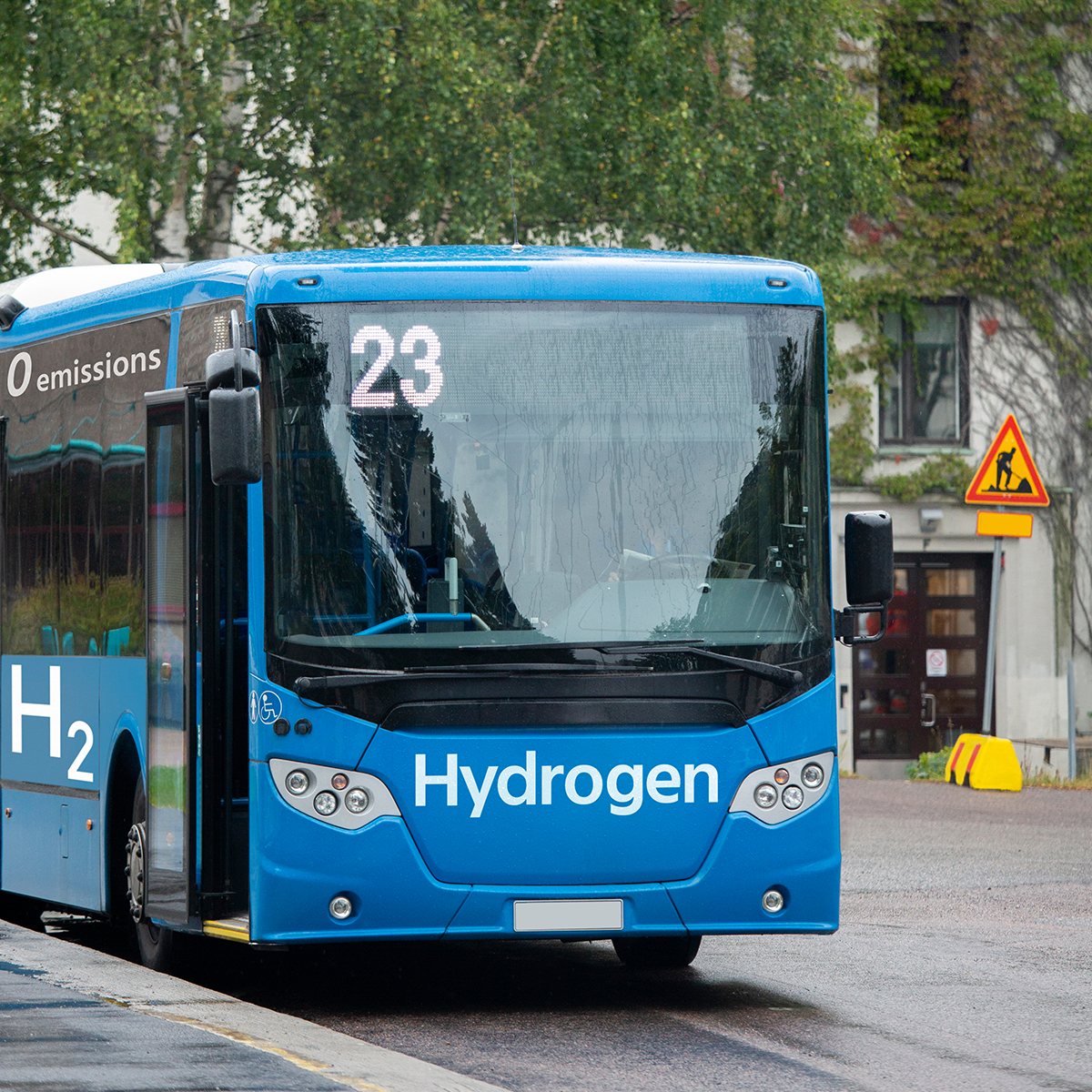
Optimizing public transport networks unlocks a series of advantages that will make users’ lives easier. To begin with, they allow passengers to organize their trips more effectively. Access to data collected in real time ensures that the platform is in sync with what is really happening on the road. Users have more accurate information about things like where exactly their bus is or how long it will take to get to the stop. Furthermore, data provides transport systems with a greater capacity to adapt to circumstances: information in real time about a specific increase in the number of travelers, for example, can be used to make the decision to put more vehicles into operation.
Systems of this type have their main strength in their ability to adapt and in their optimization potential for routes, fleets, and travel. Thanks to this feature, these technologies offer an extra advantage: by allowing all the pieces of the puzzle to be adjusted more accurately, they can help to continue reducing greenhouse gas emissions. Their ability to make transport networks more flexible allows them to reduce the number of vehicles that circulate with low (or no) occupancy, optimize the number of stops and better adjust routes, all of which contributes to cutting CO2 emissions.